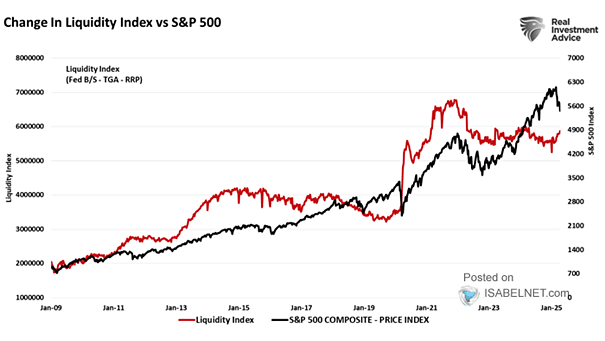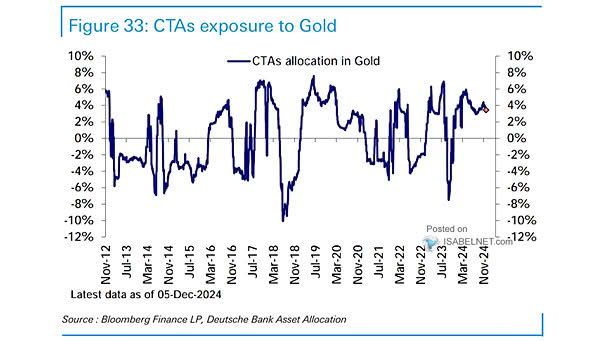S&P 500 and Liquidity
S&P 500 and Liquidity Liquidity remains abundant. But once conditioned to buy every dip, investors since 2022 have stopped watching liquidity and started trading Fed whispers—betting more on signals than on fundamentals. Image: Real Investment Advice


